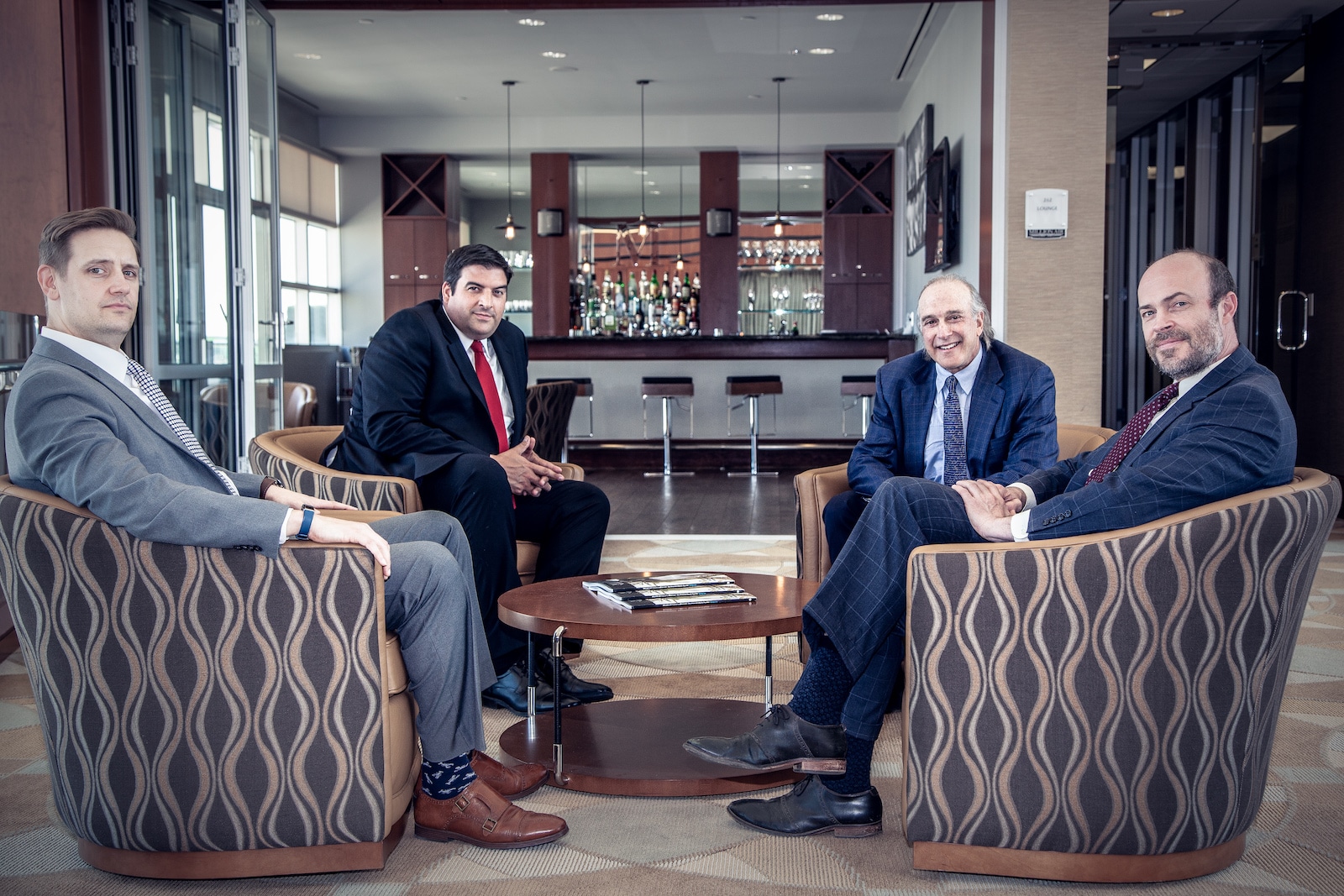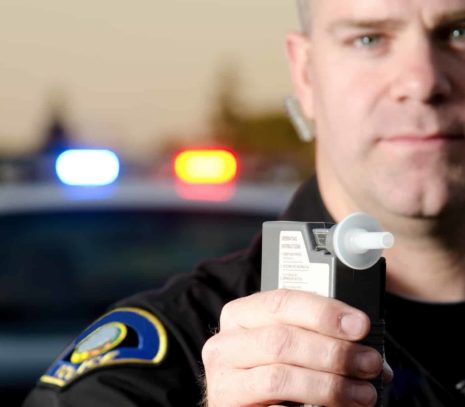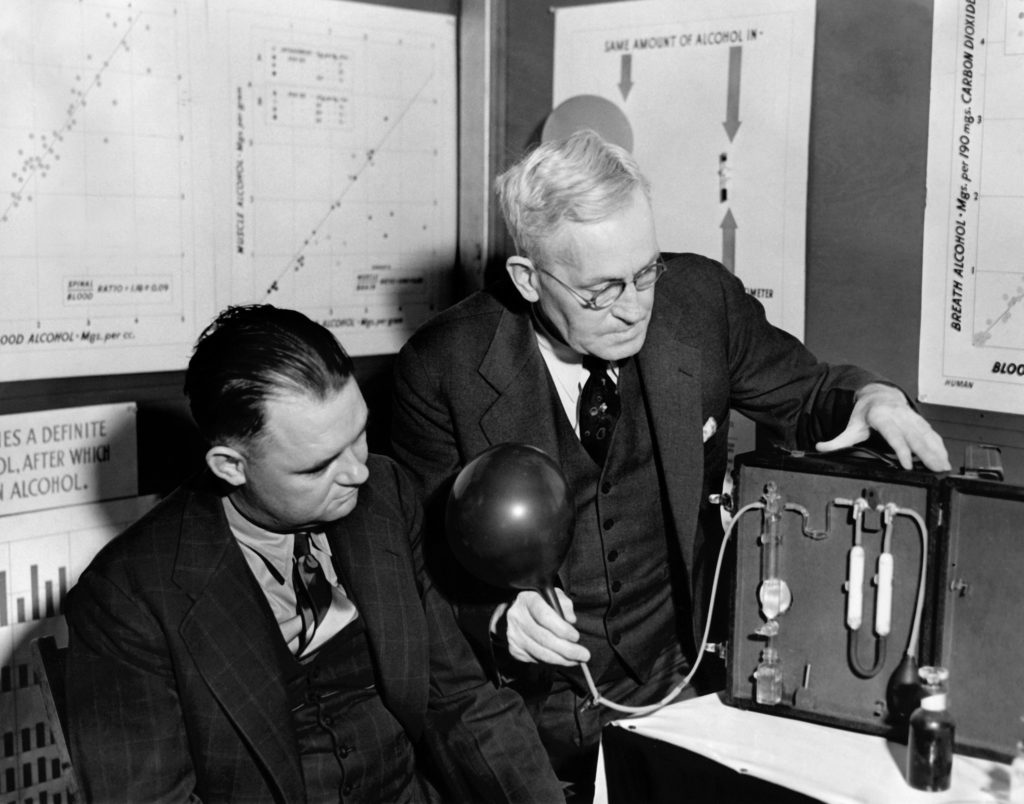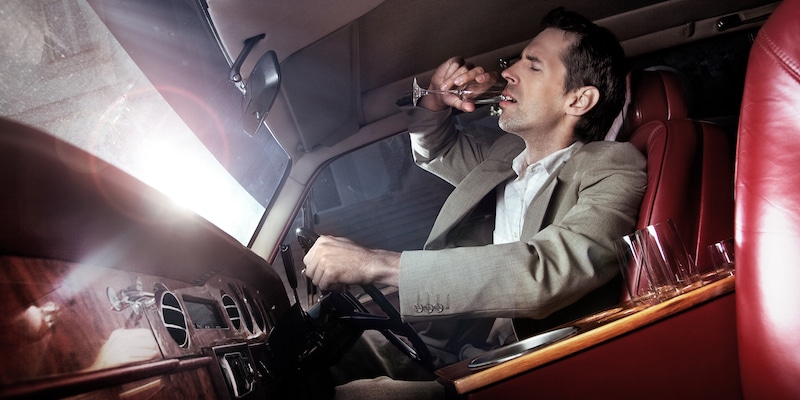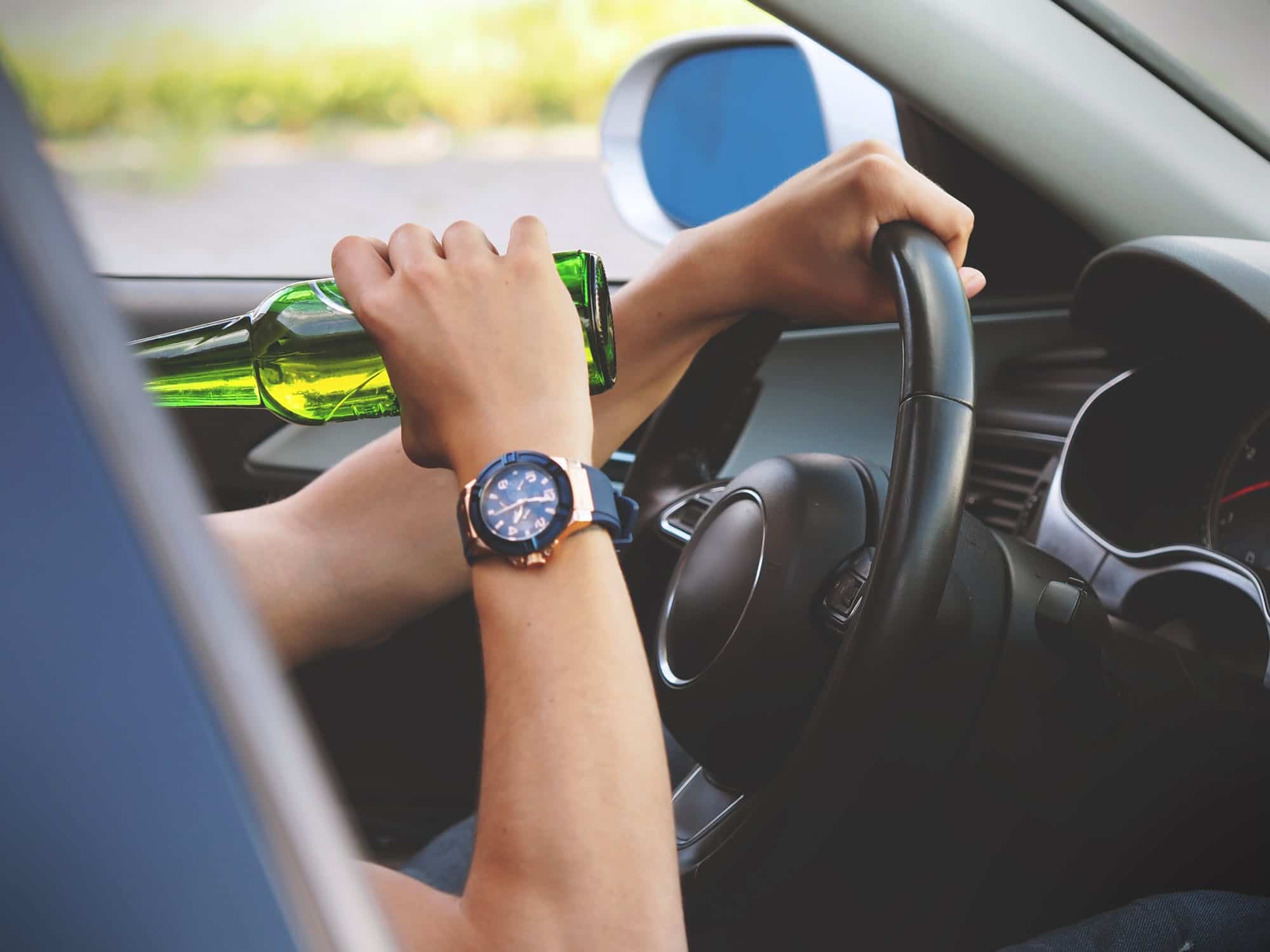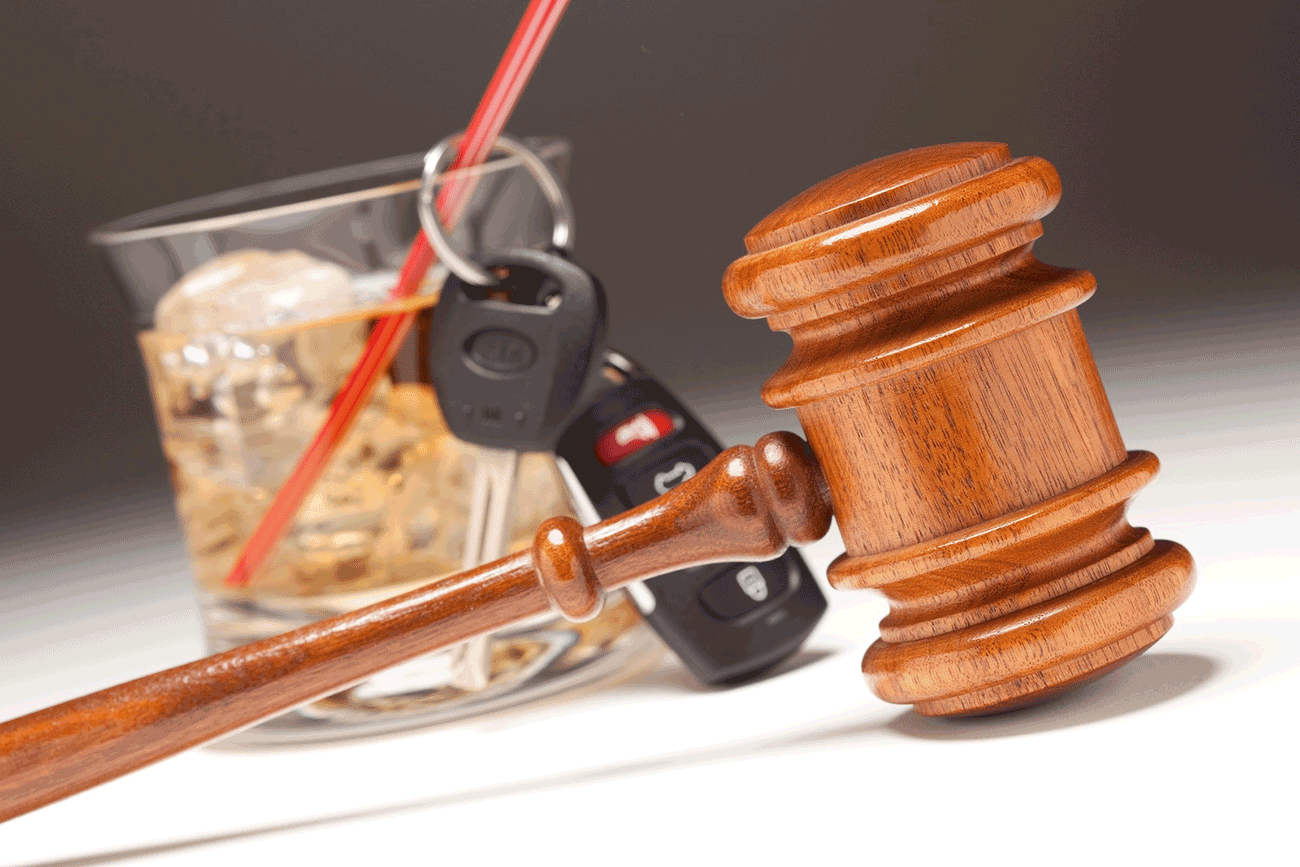HOW DWI AFFECTS YOUR FUTURE AND CAREER
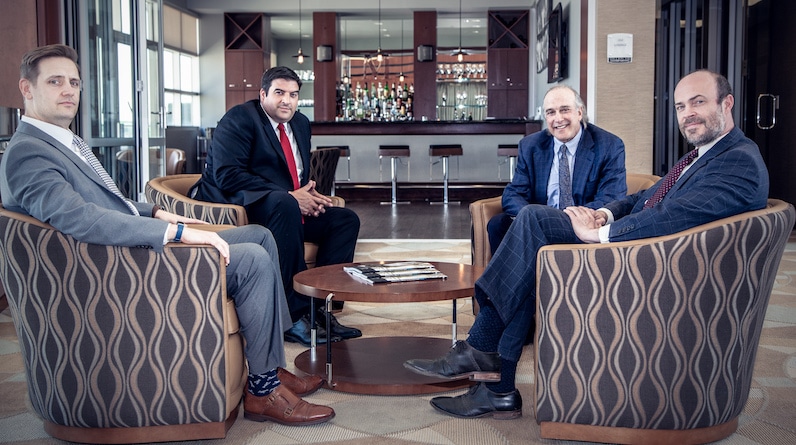
Whether You’ve Been Convicted Of DWI For The First Time Or You’ve Had Multiple Convictions, The Being Convicted Of DWI Affects Everything Throughout Your Life From Your Reputation And Career To Insurance Rates And Our Ability To Own A Firearm.
In Texas, Each Time You Are Convicted Of DWI, The Punishment Becomes More And More Severe Legally, Socially And Professionally.
DWI – The Legal Punishment
To See How The Punishment For DWI Convictions Breaks Out, Read This Page:
You’ll Also Find These Articles Helpful:
- Your Second DWI
- Intoxication Assault, A 3rdDegree Felony
- Intoxication Manslaughter A 2ndDegree Felony
Jail Time Versus Prison Time For DWI
If You Are Convicted Of A DWI, You May Have To Serve Either Jail Time Or Prison Time.
Jail Is Time Spent In The County Institution And Prison Time Is In A State Institution.
In Both Instances, The Judge Or Jury Can Probate Jail Time.
This Is Where It Suspends The Incarceration Provided That The Individual Performs Certain Rehabilitation Terms And Conditions Over Time During A Probation Term.
Collateral Consequences Of DWI
As Harsh As The Above Penalties Are, The Collateral Consequences Of A DWI Conviction Are Even Worse.
If You Are Convicted You Can Expect:
- To Pay A Lot Of Money: The Texas Department Of Transportation Estimates That The Out Of Pocket Loss For A 1st time DWI Defender, After Paying Fines, Bonds, Probation Fees, Supervision Fees, Ignition Interlock Fees, Etc., To Be About $17,000!
- To Have Higher Insurance Rates: Your Insurance Company May Terminate Your Policy Or Substantially Increase Your Insurance Rates. Read More
- To Jeopardize Your Job: Your Employer May Not Be Permitted By Their Insurance Carrier To Allow A Driver To Use Or Access A Needed Company Vehicle If They’ve Been Convicted Of DWI. For Example, If You Drive For UPS, You Are No Longer Allowed To Use Their Delivery Truck. The Same Would Be True If You And Delivery Driver Whether It’s Pizza, Flowers, Uber Eats, Etc. In Short, You’ll Most Likely Be Terminated.
How DWI Affects Pilots
People Involved In Aviation Are Particularly Open For Over-The-Top Punishment If They Get A DWI.
If You Are A Licensed Commercial Or Private Pilot, You May Be Declined Accident Insurance Coverage Which Means Your Company Will Terminate You.
Indeed, The Federal Aviation Administration Often Sanctions Pilots Even Where A DWI Is Dismissed, But There Has Been Some Type Of Driver’s License Suspension Because Of It.
In The FAA World, It Doesn’t Matter That The Pilot Has Spent Millions Of Dollars In Training, It Presumes Guilt—Not Innocence—When It Comes To DWI And Pilots.
How DWI Affects Military Service And Future Employment
The Same Political Punishments That Occur In Aviation Also Carry Over To Drivers Who Work As Air Traffic Controllers Or Those Who Work For The Railroads And With Vessel Operations In The Maritime Industry.
Sadly, For Our Military Personnel Who Are Actively Involved In Protecting Our Freedoms, A DWI May Mean A Career Obstacle To Advancement And Discharge From Service.
Young Drivers Need To Be Very Careful About Not Getting A DWI Or DUI Conviction Because It Could Impact Their Ability To Obtain Future Employment With A Company Of Their Choice.
Unfortunately, A DWI Conviction Under Texas Law Is Forever!
It Does Not Go Away And Will Always Be Visible To Law Enforcement And To The General Public.
How DWI Affects Education And Licensing
Besides Future Employment, A DWI Conviction Will Be An Obstacle For Professional Licensing Or Admission Into Professional Schools.
A DWI Conviction Might Prevent You From Being Admitted To Medical Or Law School, Or If You Are Already In An Educational Institution, It Might Preclude A License From Issuing After Graduation.
How DWI Affects Travel
If You Are Convicted Of DWI, Can No Longer Travel To Some Countries. For Instance:
- Canada Views DUI As A Felony And, If You Stay Crime-Free, You Can Enter The Country After 10 Years When Your Conviction Is Expunged From Your Record.
- In China, Japan, And Malaysia, They Expect You To Be Honest About Your Misdemeanor Charges When Applying For A Travel Visa Because They May Run A Background Check On You. Getting Caught Lying About Your Criminal Record Can Get You Banned From These Countries For Several Years.
- Mexico May Refuse You Entry Into The Country If You’ve Had A Drunk Driving Conviction Within The Past 10 Years. So Much For That Trip To Cabo.
Sealing Your DWI Record
On The Flip Side, You Can Make An Effort To Have Your Records Sealed Under A Recent Texas Law If You Meet Certain Conditions.
However, Even Though A Sealed DWI Is Hidden From The General Public, It’s Never Hidden From Anyone In Law Enforcement And Prosecutors Can Still Use It To Increase Your Punishment.
ASK US ABOUT YOUR RIGHTS
If You Get A DWI—Whether It’s Your First Or Subsequent—You Need To Hire The Very Best Lawyer And Fight It On Every Front.
Under No Circumstances Should You Ever Surrender Your Right To A Jury Trial.
The Collateral Consequences Of A DWI Are Both Far-Reaching And Unknown For Your Future.
A DWI Prosecution Can Be Both Defended AND Defeated, But Only To Those Who Are Willing To Look Into The Future And See The Critical Need To Protect It.
Lastly, The Best Defense Against A DWI Conviction Is Simply Not To Drink & Drive And That Is My Final Advice Here.
TELL US ABOUT YOUR CASE
Use the form to request your free consultation to discuss your case with one of our attorneys. The use of this form does not establish an attorney-client relationship.
The information on this website is for general information purposes only. Nothing on this site should be taken as legal advice for any individual case or situation. This information is not intended to create, and receipt or viewing does not constitute, an attorney-client relationship.


